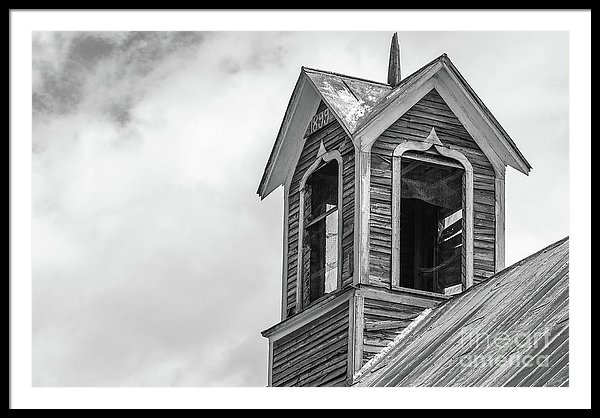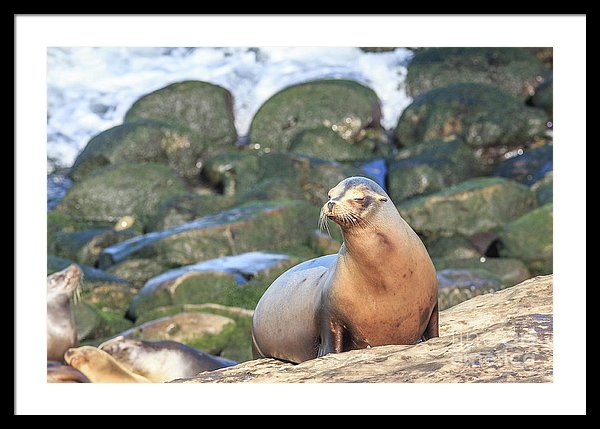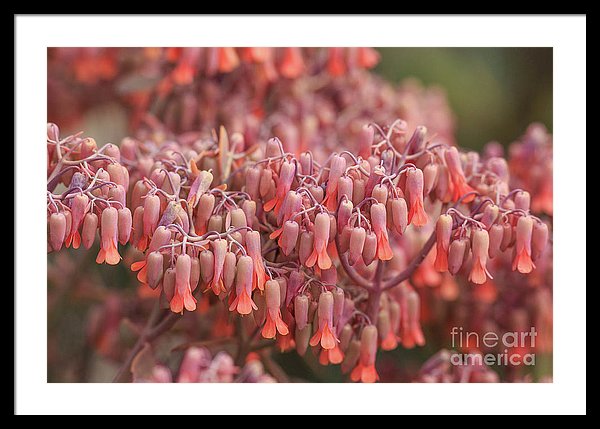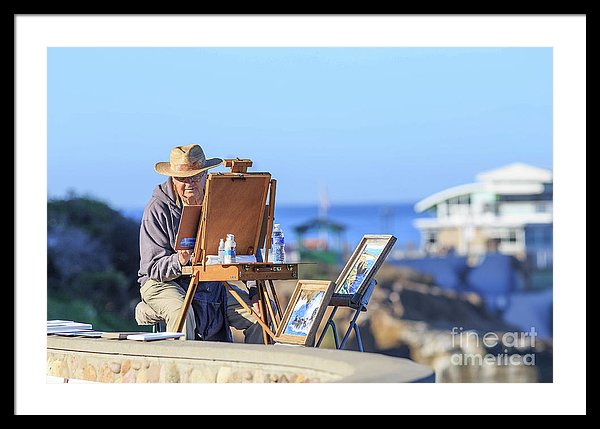I recently picked up a used Canon EOS 300 mm Prime lens. Previously I had an inexpensive Canon 70 – 300mm zoom lens which you can pick up for less than $500. It was ok but seems to disappoint often. What do you expect from a cheap lens right? Keep in mind there is an even cheaper lens on the market – the 75-300 and generally considered to be one of Canon’s poorest lenses; the IQ from the 70-300 is significantly superior. The 75-300 can be found or as little as $75. Don’t bother with the 75-300.
On a tripod with careful manual focus and lots of sunlight, I could get some great images like this copula on top of
Whereas more expensive glass will handle colors better, create more creamy out of focus areas, have less vignetting and will be sharper in the corners. They might also be quieter with better focusing motors, made of higher quality materials like coated glass and metal enclosures and have an

I was looking for a step up in quality for a long lens and spotted a “used” Canon EOS 300mm F/4 lens for around $600. When it arrived it appeared to be a brand lens, so maybe it was just an older version or discontinued version. It even came with a padded case.
The lens is built like a tank. All metal and with a nameplate and everything. And it weighs a ton. The cheaper 70-300 is all plastics. This 300 mm prime lens is all metal.
I carried the 300 mm on a couple of trips and man were my shoulders tired. This is not exactly a casual carry around lens. And the 300 mm focal length takes some getting used to because everything is pulled in so close. But in the right conditions having a 300mm on your camera is an excellent choice.
First off because this prime lens is tack sharp. Being a prime the engineers at Canon could spend all of their effort creating a lens that focuses on a single focal plane. With zoom lenses, compromises have to be made because of the variable focal length. Usually zooms suffer at one end of the range or another. Zooms with very long range suffer from engineering compromises more than others. For example, a Canon 16-35 mm wide-angle zoom is going to be better than a 24 – 105 mm zoom.
Canon makes a lot of lenses in with a 300 mm reach. There is the more expensive version of the affordable one, the Canon EF 70-300mm f/4-5.6L IS USM UD Telephoto Zoom Lens for Canon EOS SLR Cameras with its white body, L series red ring and removable tripod collar.
This is a great lens for travel and it’s compact.
But I went for the fixed 300 mm prime



This photograph of an artist at work in La Jolla, San Diego, California, shows off the capabilities of this lens. The separation of subject and background is superb and the sharpness on the subject is amazing. You can even read writing on the back of the painting and see stubble on the man’s chin.
The lens has built-in lens stabilization but anytime you use a lens this long and try to hand hold it, be sure to lock in your elbows and set the shutter speed to 1/300 at a minimum. After a few cups of coffee, I like to have it even faster such as 1/1250 just to be sure you don’t get any motion blur.
One note about these heavy long lenses that come with lens collars. These lenses are so heavy that they are meant to be supported by the lens and not the body. They put a lot of strain on the camera mount. So support them with a tripod, monopod or hand under the lens.
Equipment used/mentioned:
- Canon EOS 6D Camera (full frame DSLR for less than $1,000) – https://amzn.to/2GZfx00
- Canon EF 70-300mm f/4-5.6 is II USM Lens (the inexpensive one) https://amzn.to/2EqEUGA
- Canon EF 70-300mm f/4-5.6L IS USM UD Telephoto Zoom Lens for Canon EOS SLR Cameras https://amzn.to/2Nog78W
- Canon EF 300mm f/2.8L IS USM II Super Telephoto Lens for Canon EOS SLR Cameras (Fast version if you need f/2.8) https://amzn.to/2E96Kpi